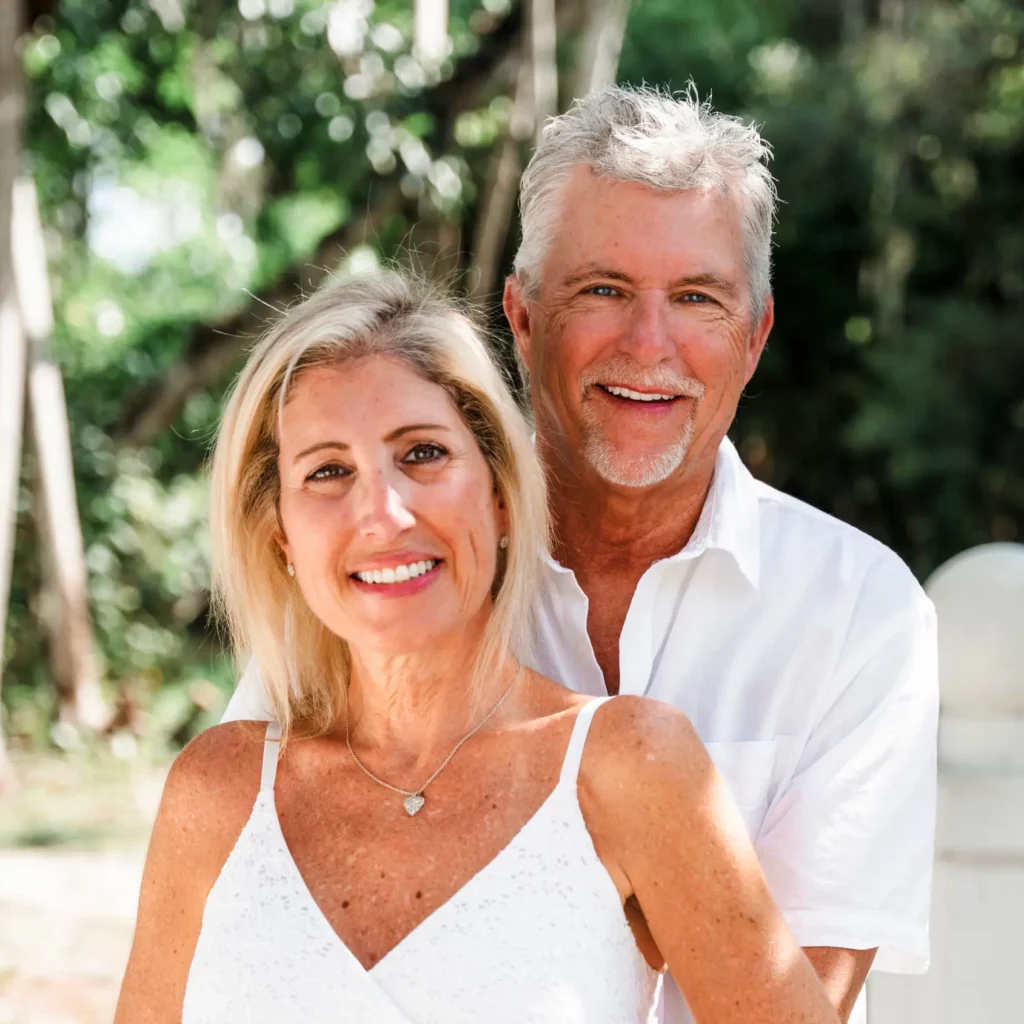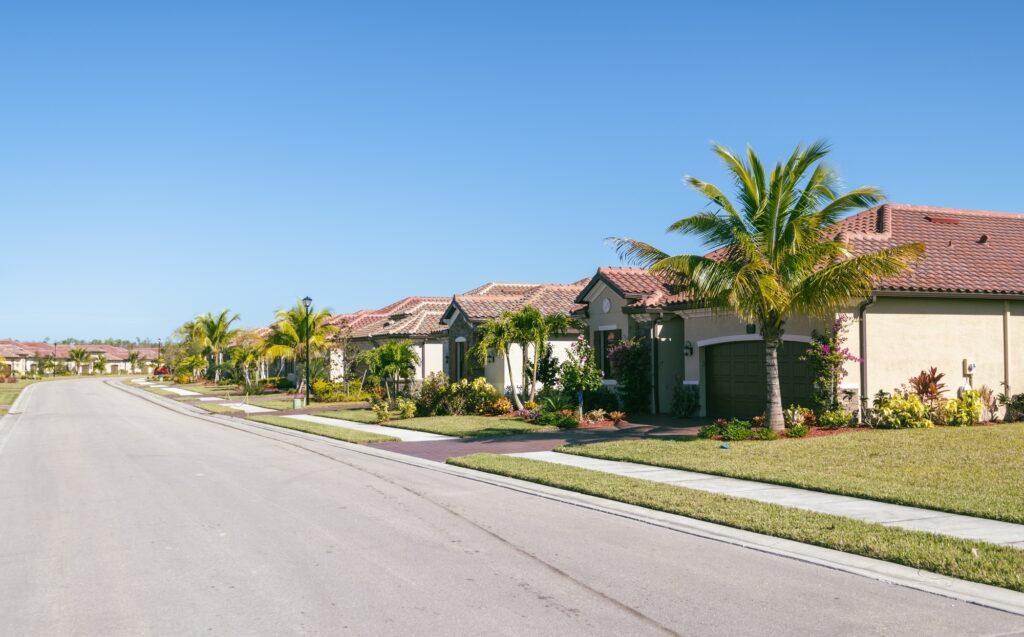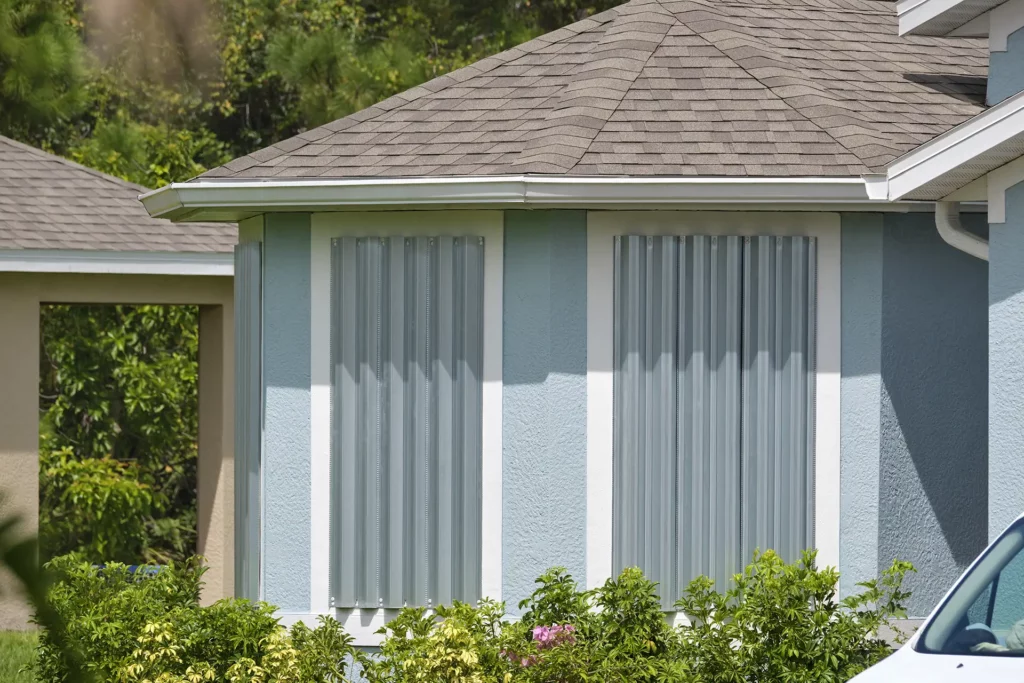Florida’s flood zones play a big role in shaping insurance policies. They determine premiums, coverage options, and even your need for insurance. If you live in Fort Myers, understanding the Florida Flood Zone Impact is crucial. This guide will help you understand flood zone basics and how they influence your policy. Stay informed to protect your home and finances.
Understanding Flood Zones in Florida
Flood zones are an essential part of understanding the Florida Flood Zone Impact. These zones help define areas with higher or lower risks of flooding. For homeowners in Fort Myers, knowing your flood zone can make a world of difference in how you protect your property.
What Are Flood Zones?
Flood zones are geographical areas with different levels of flood risk. They are categorized by FEMA (Federal Emergency Management Agency) to help communities prepare and minimize damage. The most common flood zones in Florida include:
- Zone A: High-risk area. Flooding is likely during storms.
- Zone AE: Also high-risk, with detailed flood elevations provided.
- Zone V: High-risk coastal areas subject to waves and storm surge.
- Zone X: Lower-risk areas, but not completely immune to floods.
Even if you’re in a lower-risk area like Zone X, it’s important to understand that flood risks still exist. FEMA reports that one in four flood insurance claims come from outside high-risk zones.
How Are Flood Zones Determined?
Flood zones aren’t random—they’re based on facts. FEMA develops Flood Insurance Rate Maps (FIRMs) to outline high-risk and low-risk areas. Here are the factors that help determine a flood zone:
- Elevation – Homes on higher ground often have lower risks.
- Proximity to water – Areas near rivers, lakes, or coasts face greater risks.
- Historical flood data – Past flooding patterns help identify vulnerable areas.
These maps are updated regularly as environmental and urban conditions change. It’s wise to check the latest FEMA maps to see if your home’s flood zone has changed.
Specific Challenges in Fort Myers
Fort Myers faces unique issues when it comes to the Florida Flood Zone Impact. The area’s low elevation and proximity to the Gulf of Mexico make it particularly vulnerable. Coastal storm surges and hurricanes, like 2022’s Hurricane Ian, have repeatedly caused significant flooding. Between 1996 and 2019, there were over 100 flood events reported in Lee County alone.
For Fort Myers homeowners, these challenges make it critical to evaluate your flood zone designation and stay prepared. Understanding your risks can save you money and heartache down the road.
How Flood Zones Impact Insurance Policies
The Florida Flood Zone Impact is more than just a map reading exercise. It directly affects how insurance is priced, what is required, and the type of coverage you can get. These factors can have a big influence on your budget and peace of mind as a homeowner.
Influence on Insurance Premiums
Your flood insurance premium depends heavily on your flood zone. Here’s how it breaks down:
- High-risk zones (Zones A, AE, V) – Premiums are significantly higher. For example, according to FEMA, the average annual flood insurance premium for high-risk zones is around $1,200, though it can be more if your property is very vulnerable.
- Moderate or low-risk zones (Zone X) – Premiums are much lower, often ranging between $325 to $500 annually. However, many skip insurance altogether in these zones, leaving them exposed to unexpected damages.
- Undetermined zones – These areas are mapped but lack enough data to fully assess risk. Premiums might vary significantly.
A common misconception is that low-risk zones mean no risk at all. Remember, FEMA states 20% of flood claims come from lower-risk areas.
Mandatory Insurance Requirements
Flood insurance isn’t always optional. If your home is in a high-risk flood zone and you have a federally backed mortgage, flood insurance is mandatory. Lenders require proof of coverage in:
- Zone A and AE – Areas with a 1% annual chance of flooding.
- Zone V – Coastal zones with added storm surge risks.
Even in moderate-risk areas, lenders might still recommend flood insurance. Without it, you’re left to handle damages, which average $25,000 for just one inch of floodwater, completely out-of-pocket.
Coverage Differences Based on Flood Zone
Flood insurance policies can vary depending on your zone. Generally:
- High-risk zones – Policies cover structural damage, electrical and plumbing systems, and appliances. But there may be limits for properties below the base flood elevation.
- Low-risk zones – Similar coverage applies, but costs are lower. However, damage claims may take longer to process in unexpected flooding events.
- Exclusions for certain areas – For instance, areas with consistent flood risks might face higher deductibles or limitations on insurability.
Understanding these terms of coverage ensures you’re not blindsided when disaster strikes. Knowledge about the Florida Flood Zone Impact could be the difference between rebuilding and financial strain.
Navigating Flood Insurance as a Fort Myers Homeowner
Dealing with the Florida Flood Zone Impact can feel overwhelming, but there are ways to make it easier. By understanding your risks and taking proactive steps, you can secure the right coverage and protect your home.
Tips for Assessing Your Flood Risk
Start by identifying your property’s flood zone. Knowing your zone helps you determine what precautions and insurance policies you need. Here’s how:
- Check FEMA maps – Visit FEMA’s Flood Map Service Center to look up your address. These maps show if your home is in a high-risk or low-risk flood zone.
- Stay updated – Flood zones can change over time due to new data or environmental changes. FEMA updates maps yearly, so it’s essential to review them regularly.
- Consult experts – A licensed insurance agent familiar with Fort Myers can offer insights beyond the maps, such as how storm surge or neighborhood infrastructure may impact you.
Knowledge is your best defense against unexpected flooding.
Ways to Lower Your Flood Insurance Premiums
Flood insurance can seem expensive, but there are strategies to potentially lower your costs:
- Elevate your home – Raising your property above the base flood elevation significantly reduces flood risk and premiums. For example, a home elevated 3 feet above the base flood elevation may see savings of up to 50% on premiums.
- Flood-proof your property – Install barriers, seal foundation cracks, and raise essential systems like HVAC and electrical units.
- Community programs – Many neighborhoods in Florida, including Fort Myers, participate in FEMA’s Community Rating System, which rewards flood-prepared communities with reduced premiums. Check with your local officials to see if your area qualifies.
With these adjustments, you could save hundreds, if not thousands, annually.
The National Flood Insurance Program (NFIP)
The NFIP is the main provider of flood insurance in the U.S. It’s administered by FEMA, and policies are available through insurance agents. Here’s what NFIP policies offer:
- Coverage up to $250,000 for the structure of your home.
- Coverage up to $100,000 for personal property (e.g., furniture, clothing).
However, NFIP policies come with limits. They don’t cover temporary living expenses or damage to outdoor property like pools or fences. For some homeowners, private flood insurance can be an alternative. These policies often offer:
- Higher coverage limits.
- Additional benefits, like living expense reimbursements.
- More flexible terms.
Discuss your options with a local agent to find the best fit for your needs. The Florida Flood Zone Impact on your home requires careful planning, but the right approach can provide both security and savings.
Protecting Yourself Beyond Insurance
Insurance is essential, but it’s not a complete solution for the Florida Flood Zone Impact. Combining insurance with proper preparedness helps you safeguard your home and loved ones. Here’s how you can protect yourself before, during, and after a flood.
Emergency Preparedness for Flood Events
A solid emergency plan can make all the difference when a flood hits. Preparation helps you act quickly and avoid unnecessary risks. Follow these steps:
- Create a flood emergency plan – Establish evacuation routes, plan safe locations to shelter, and identify how you’ll communicate with family.
- Stock emergency supplies – Have essentials like bottled water, non-perishable food, flashlights, batteries, and a first-aid kit ready. FEMA recommends stocking at least three days’ worth of supplies.
- Safeguard important documents – Store insurance papers, IDs, and property deeds in a waterproof container or digital cloud storage.
- Monitor alerts – Sign up for local and national alerts, like Fort Myers’ emergency notification system and NOAA weather updates.
Early planning can save precious time and reduce panic during a disaster.
Post-Flood Recovery Tips
After the floodwaters recede, the challenges aren’t over. Clean-up and recovery can be a long process, but taking the right steps minimizes the damage and helps you get back on your feet. Here’s what to do:
- Prioritize safety – Be cautious when re-entering your home. Hazards like contaminated water, electrical risks, or structural damage may be present.
- File your insurance claim promptly – Call your insurance company as soon as possible to report damages. Document everything with photos or videos.
- Check for hidden damage – Look for mold, roof leaks, or foundation cracks that may not be immediately visible.
- Use licensed contractors – When repairing your home, hire professionals to ensure the work meets safety standards and satisfies your insurance requirements.
Recovering from a flood can be costly. The average insurance claim for flood damage is $52,000, according to FEMA. Being prepared helps minimize these expenses and speeds up the road to normalcy.
Taking these steps not only protects your home but also gives you peace of mind knowing you’re ready for anything the Florida Flood Zone Impact might bring.
Florida flood zones affect insurance policies in many ways. They determine premiums, coverage options, and even whether you need insurance at all. High-risk zones often come with higher costs, but even low-risk zones are not risk-free. Tips like elevating your home, reviewing updated FEMA maps, and exploring NFIP policies can help homeowners in places like Fort Myers make informed decisions. Beyond insurance, actions like emergency planning and post-flood precautions are key to protecting your property and family.
Our team in Fort Myers is here to help. Contact us today for personalized advice or to get a quote tailored to your needs.







